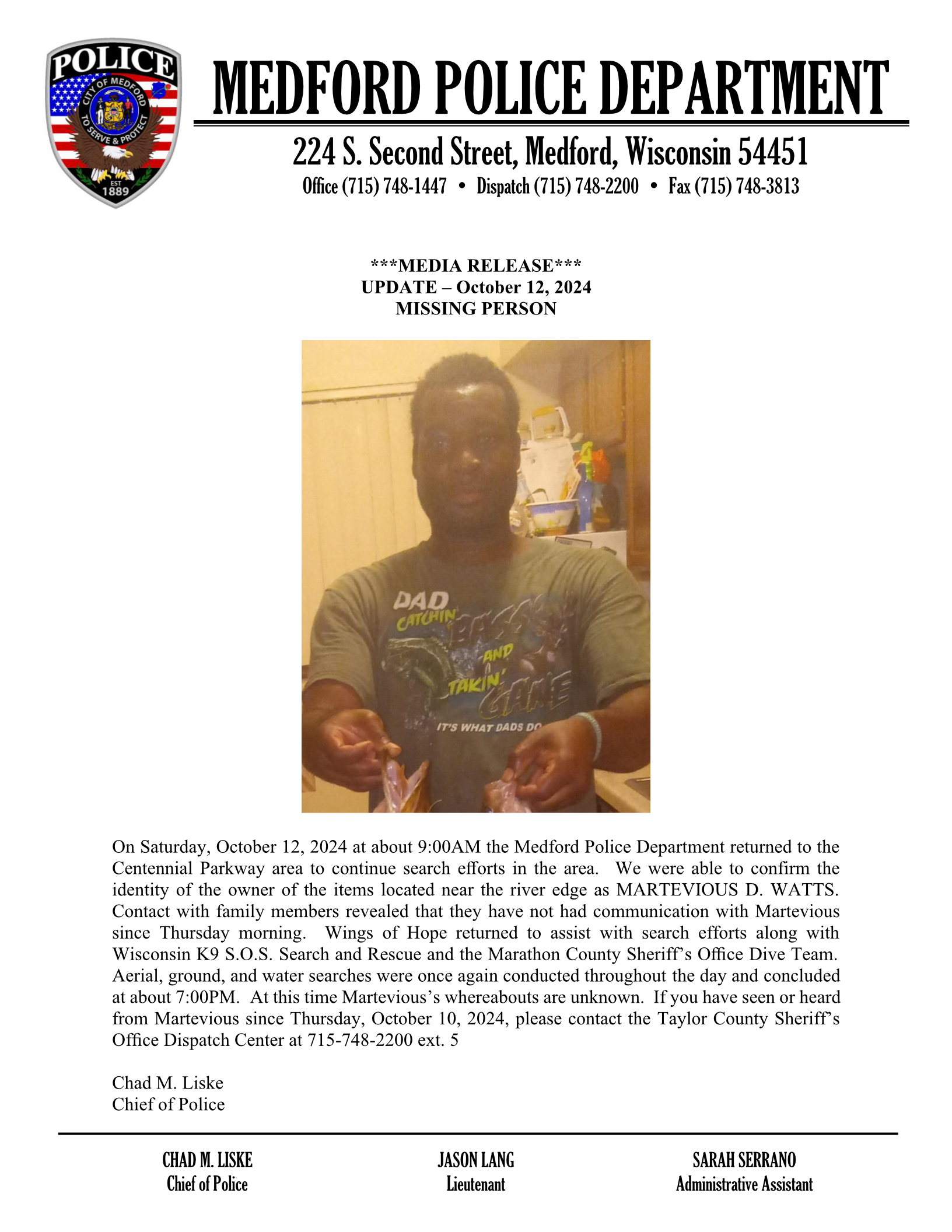Increase in deer activity requires motorists to be alert


Officials with the WisDOT and Wisconsin State Patrol, are reminding motorists to be extra alert for deer along roadways. Deer activity typically increases during May and June, as females search for places to give birth and young deer separate from their mothers.
“The best thing motorists can do to protect themselves and avoid hitting a deer, is buckle up, slow down and scan the road ahead carefully,” said David Pabst, director of the Wis-DOT’s Bureau of Transportation Safety.
Crashes between deer and motor vehicles tend to peak in the fall, however, the May/June period is when motorists are most likely to be injured in a deer/vehicle crash. Last year in Wisconsin, there were 18,408 reported deer/vehicle crashes, resulting in injuries to 555 motorists and nine fatalities. Of the nine fatalities, six were motorcyclists.
Counties with higher traffic volumes and deer populations tend to record the most crashes. A county-by-county breakdown indicates that Dane County had the most reported deer/ vehicle crashes in Wisconsin last year, with 859, followed by Waukesha County, with 823, and Washington County, with 758.
The WisDOT offers the following tips to avoid deer crashes and motorist injuries:
• Slow down, eliminate distractions and make sure all vehicle occupants are buckled up. Motorcyclists should wear protective gear.
• Deer can be seen at any time, but are most active in early morning and evening hours.
• If one deer crosses in front of the car, watch for more. One long blast from the vehicle’s horn may frighten the animal away.
• If a collision with a deer is unavoidable, brake firmly, stay in the same lane. Avoid sudden swerving, which can result in a loss of vehicle control and a more serious crash.
• Motorcyclists should slow down, brake firmly and swerve if necessary, to avoid hitting the deer. Try to stay within the same lane to avoid hitting other objects.
If a motorist hits a deer, they should get the vehicle safely off the road, if possible, and call law enforcement. Be prepared to describe the specific location. It’s generally safest to stay buckled-up inside the vehicle; walking along a highway is always dangerous, as the individual could be struck by another vehicle.
Don’t attempt to move an injured deer.
The WisDOT works with private vendors, county highway departments and law enforcement, to handle the removal of deer carcasses along state highways.
Deer carcasses on the active, traveled portion of a highway, represent an urgent safety hazard and should be reported by calling 911. If the carcass is off the traveled portion of the roadway, contact the appropriate county sheriff’s department, using the agency’s non-emergency phone number; To facilitate the efficient and prompt removal of a deer carcass, provide specific location information, such as proximity to a mile post, intersecting highway, exit or mailbox number.
Drivers should be prepared to move over or slow down when approaching stopped emergency responders, tow trucks and highway maintenance vehicles – including crews removing deer carcasses.
19 Goslings and Counting? That’s what visitors to Cornell’s Mill Yard Park are asking, after a pair of Canadian geese had been spotted with about 50 goslings in varying sizes, trailing after the goose couple. Normally, six to eight families of geese inhabit the park area, but with more manageable numbers of children.
Photo by Ginna Young



